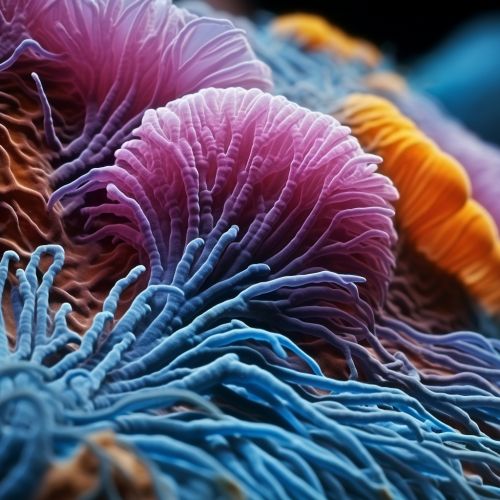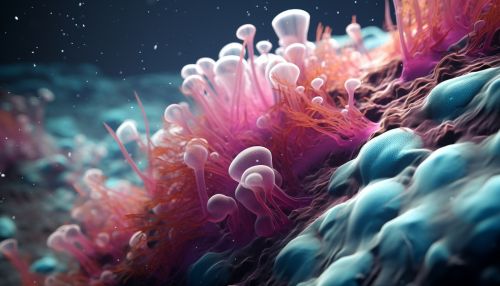Escherichia
Overview
Escherichia is a genus of Gram-negative, facultatively anaerobic, rod-shaped bacteria of the family Enterobacteriaceae. It is named after Theodor Escherich, the Austrian pediatrician who first isolated it in 1885. The genus includes several species, the most well-known of which is Escherichia coli (E. coli), a common inhabitant of the human gut and an important model organism in microbiology research.


Classification and Taxonomy
The genus Escherichia belongs to the family Enterobacteriaceae, within the order Enterobacteriales, class Gammaproteobacteria, phylum Proteobacteria, and domain Bacteria. Other closely related genera include Salmonella, Shigella, and Yersinia. The genus Escherichia currently includes five species: E. coli, E. fergusonii, E. hermannii, E. vulneris, and E. albertii.
Morphology
Escherichia bacteria are rod-shaped (bacilli) and measure approximately 1-2 micrometers in length and 0.5 micrometers in diameter. They are Gram-negative, meaning they do not retain the crystal violet dye used in the Gram stain procedure, instead taking on the red color of the counterstain. This is due to the structure of their cell wall, which contains a thin layer of peptidoglycan and an outer membrane rich in lipopolysaccharides.
Metabolism
Escherichia bacteria are facultatively anaerobic, meaning they can grow in both the presence and absence of oxygen. They are capable of both fermentation and respiration, using a variety of organic compounds as energy sources. Escherichia bacteria are also capable of nitrate reduction, a process that allows them to survive in low-oxygen environments.
Pathogenicity
While most Escherichia bacteria are harmless commensals of the human gut, some strains of E. coli can cause disease. Pathogenic E. coli strains are typically classified into pathotypes based on their virulence factors and disease symptoms. These include enterotoxigenic E. coli (ETEC), enteropathogenic E. coli (EPEC), enterohemorrhagic E. coli (EHEC), and others.
Role in Research
E. coli is one of the most widely used model organisms in biological research. It has been instrumental in the development of molecular biology, genetics, and biotechnology. Its small size, rapid growth rate, and ease of manipulation make it an ideal organism for laboratory studies.
